-
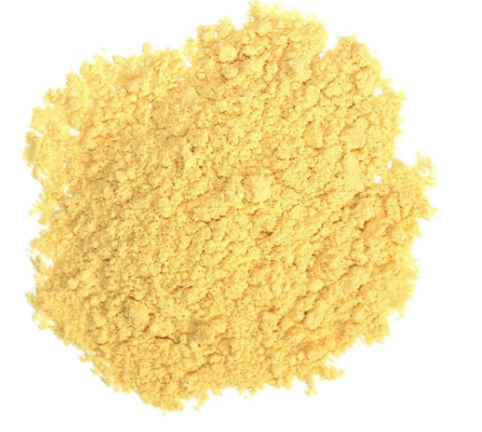
NADH disodium salt, trihydrate, reduced CAS:606-68-8
NADH, disodium salt is the disodium salt form of Nicotinamide Adenine Dinucleotide (NADH). NADH is a coenzyme found in all living cells and plays a crucial role in cellular metabolism. It is involved in redox reactions, acting as a co-substrate for a wide range of enzymes, particularly those involved in energy production.
NADH, disodium salt is commonly used in research and applications related to enzymology, cellular respiration, and the study of metabolic pathways. It can be utilized as a cofactor in enzymatic reactions, facilitating the transfer of electrons and the conversion of substrates. NADH, disodium salt is also used in various biochemical assays to measure enzyme activity, as it can be easily detected spectrophotometrically.
-
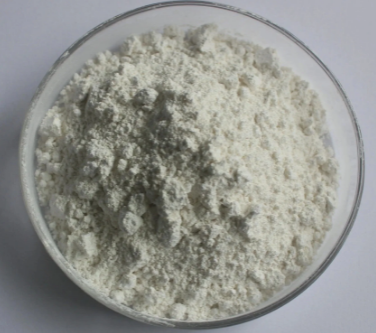
beta-nicotinamide adenine dinucleotide phosphoric acid CAS:53-59-8
Beta-nicotinamide adenine dinucleotide phosphoric acid (β-NADP) is a coenzyme involved in various metabolic reactions in living cells. It plays a crucial role in energy production, biosynthesis of macromolecules, antioxidant defense, and detoxification processes. β-NADP acts as an electron carrier, participating in redox reactions and transferring electrons from one molecule to another. It is an essential component of many enzymatic reactions involved in cellular metabolism and is widely used in research to study metabolic pathways and cellular processes.
-

Pancreatin-5.0 (5XUSP) from hog pancreas CAS:8049-47-6
Pancreatin-5.0 (5X USP) is an enzyme mixture derived from the pancreas of hogs. It contains a blend of digestive enzymes, including proteases, amylases, and lipases, which aid in the breakdown of proteins, carbohydrates, and fats in the digestive system.
Pancreatin-5.0 is commonly used as a digestive aid and is available in supplement form. It can be beneficial for individuals with pancreatic insufficiency or those who have difficulty digesting certain foods. The enzymes in Pancreatin-5.0 help to supplement the body’s natural digestive process and assist in the absorption of nutrients.
-
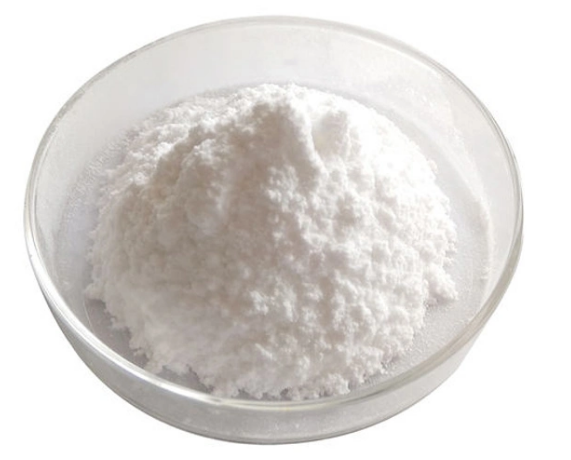
beta-Nicotinamide adenine dinucleotide trihydrate CAS:53-84-9
Beta-Nicotinamide adenine dinucleotide trihydrate, also known as β-NAD+, is a coenzyme found in all living cells. It plays a crucial role in cellular metabolism by transferring electrons during redox reactions. β-NAD+ is involved in energy production, acting as a coenzyme in several key metabolic processes, including glycolysis, the TCA cycle, and oxidative phosphorylation. It is also involved in DNA repair processes and functions as a signaling molecule in various cellular pathways. β-NAD+ is essential for maintaining overall cellular health and functioning.
-

Cellulase CAS:9012-54-8 Manufacturer Price
Cellulase is an enzyme that is responsible for breaking down cellulose, a complex carbohydrate found in plant cell walls. It helps to convert cellulose into simpler sugars, allowing organisms to efficiently use this energy source. Cellulase is widely used in various industries, including biofuel production, textile manufacturing, and food processing.
-
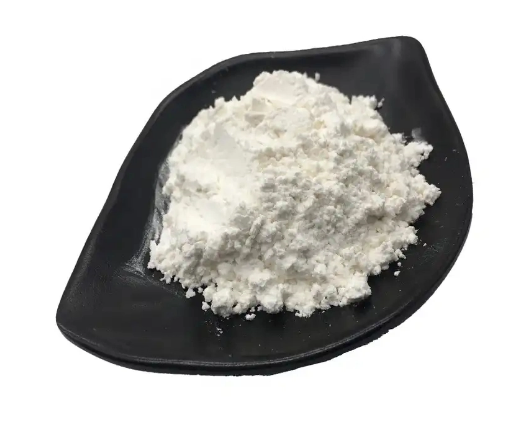
Collagenase CAS:9001-12-1 Manufacturer Price
Collagenase is a type of enzyme that breaks down collagen, a protein found in connective tissues such as skin, tendons, and cartilage. It is commonly used in medical and research settings for various purposes, including wound healing, tissue engineering, and the isolation of cells or tissues for further study. Collagenase works by breaking the peptide bonds in collagen molecules, resulting in the breakdown and degradation of the protein. It is available in different forms and strengths, depending on the specific application.
-

Dehydrogenase, alcohol CAS:9031-72-5 Manufacturer Price
Dehydrogenases are a group of enzymes involved in catalyzing the oxidation or reduction of substrates through the removal or addition of hydrogen atoms. When referring to alcohol dehydrogenase specifically, it is an enzyme that facilitates the conversion of alcohols into their corresponding aldehydes or ketones by removing hydrogen atoms from the alcohol molecule. This enzymatic reaction is essential in various biological processes, including alcohol metabolism in organisms, fermentation processes in bacteria and yeast, and the detoxification of alcohol in the liver. Alcohol dehydrogenase is also widely used in laboratory and industrial settings for the production of chemicals, such as ethanol, and in diagnostic assays to measure alcohol levels in samples. Its catalytic activity has significant implications in both biological and applied fields.
-
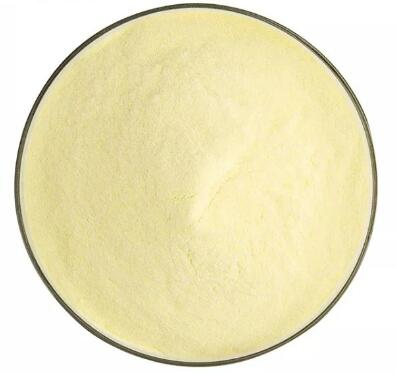
Amylase, a-, Aspergillus oryzae CAS:9001-19-8 Manufacturer Price
Amylase is an enzyme that facilitates the breakdown of starch into simpler sugars such as maltose and glucose. It is commonly produced by various organisms, including bacteria, fungi, and plants.
The “a-” in “a-amylase” refers to the type of amylase that specifically hydrolyzes the internal alpha-1,4 glycosidic bonds within the starch molecule. This results in the production of shorter chain polysaccharides, which can be further broken down into glucose by other amylase enzymes.
Aspergillus oryzae is a species of filamentous fungus known for its ability to produce high amounts of amylase. It is commonly used in industrial enzyme production processes due to its potent amylolytic activity. The enzymes produced by Aspergillus oryzae, including a-amylase, are widely utilized in various industries, such as food, brewing, textile, and detergent manufacturing.
In the food industry, a-amylase derived from Aspergillus oryzae is often used in baking, brewing, and starch processing. It helps to break down starch in dough, malt, and other raw materials, facilitating the conversion of complex carbohydrates into simple sugars that can be metabolized by yeast or bacteria during fermentation. This enzyme is also utilized in textile manufacturing to facilitate the removal of starch-based sizing agents from fabrics.
-
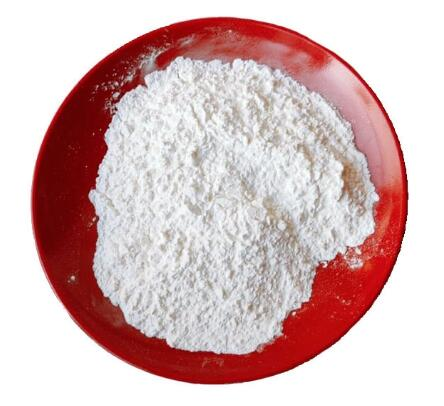
Aprotinin CAS:9087-70-1 Manufacturer Price
Aprotinin is a natural protein-based inhibitor of various proteolytic enzymes, including trypsin, chymotrypsin, and plasmin. It is commonly used in medical settings, particularly in cardiovascular surgeries, to reduce bleeding and minimize blood loss. Aprotinin works by inhibiting the activity of these enzymes, which are involved in the breakdown of blood clots and the degradation of fibrin, a protein that helps in clot formation. By preventing excessive enzymatic activity, aprotinin helps maintain the stability of blood clots, thereby reducing bleeding complications during surgery.
-
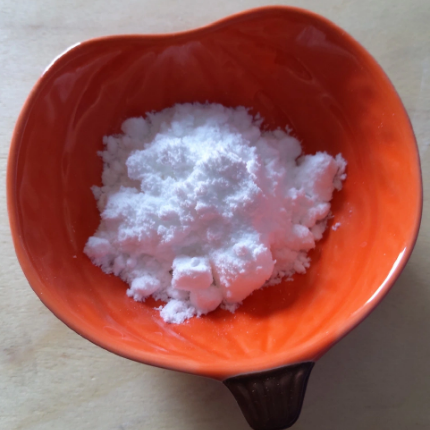
Thrombin CAS:9002-04-4 Manufacturer Price
Thrombin is a key enzyme involved in blood clotting, also known as coagulation. It is produced from its precursor protein, prothrombin, in response to injury or damage to blood vessels. Thrombin plays a crucial role in the formation of a blood clot, which helps to prevent excessive bleeding and promote wound healing.
Once activated, thrombin converts fibrinogen, another protein in the blood, into fibrin. Fibrin forms a mesh-like structure that traps platelets and red blood cells, forming a stable blood clot. Thrombin also activates other coagulation factors, amplifying the clotting process.
Beyond its role in clot formation, thrombin has other important functions. It promotes wound healing by stimulating the migration and proliferation of cells involved in tissue repair. Thrombin also acts as a vasoconstrictor, causing blood vessels to narrow and reduce blood flow to the site of injury.
-
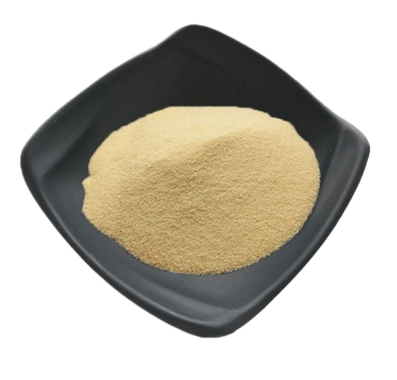
Urease CAS:9002-13-5 Manufacturer Price
Urease is an enzyme that catalyzes the hydrolysis of urea into ammonia and carbon dioxide. It is produced by various microorganisms, including bacteria, fungi, and plants. Urease is essential for nitrogen metabolism and plays a vital role in various biological processes, such as urea hydrolysis in the kidneys and nitrogen assimilation in plants. It also has industrial applications, including the diagnosis of urease-producing bacteria, urea-based fertilizers, and the detection of urease inhibitors for the treatment of certain medical conditions.
-
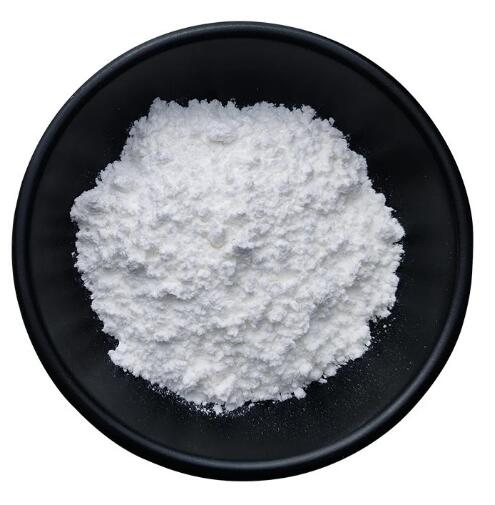
Uridine-5′-diphosphoglucuronic acid trisodium salt CAS:63700-19-6
Urease is an enzyme that catalyzes the hydrolysis of urea into ammonia and carbon dioxide. It is produced by various microorganisms, including bacteria, fungi, and plants. Urease is essential for nitrogen metabolism and plays a vital role in various biological processes, such as urea hydrolysis in the kidneys and nitrogen assimilation in plants. It also has industrial applications, including the diagnosis of urease-producing bacteria, urea-based fertilizers, and the detection of urease inhibitors for the treatment of certain medical conditions.

